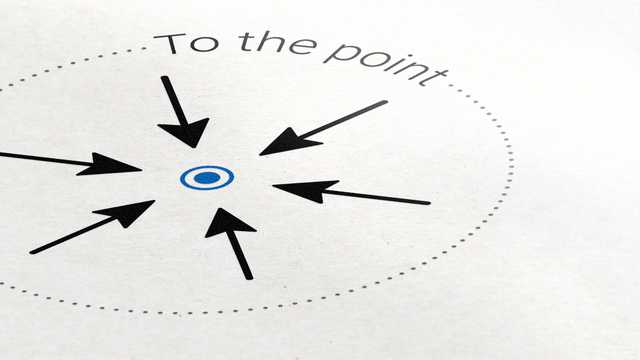Condition: TBI
| Tier | Intervention / Strategy |
|---|---|
| Tier 0 | Maintain homeostasis (normothermia, analgesia, sedation) Intubation Mechanical ventilation (normoxia, normocapnia) |
| Tier 1 - Increased ICP | Cerebral perfusion pressure (CPP) of 60–70 mmHg PaCO2 to 35–38 mmHg Deeper analgesia and sedation to lower ICP Osmotic therapy Anti-seizure prophylaxis |
| Tier 2 - Persistently increased ICP | PaCO2 to 32–35 mmHg Neuromuscular blockade Higher mean arterial pressure to increase CPP can be adopted |
| Tier 3 - Refractory intracranial hypertension | Barbiturates Hypothermia Decompressive craniectomy |



